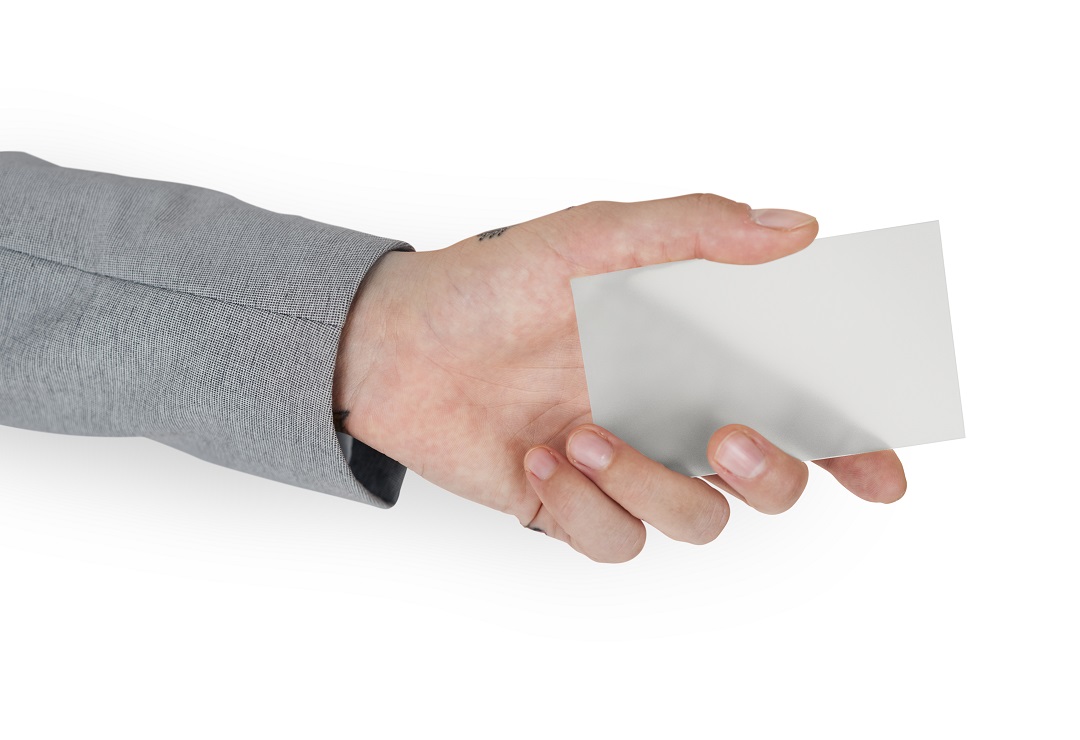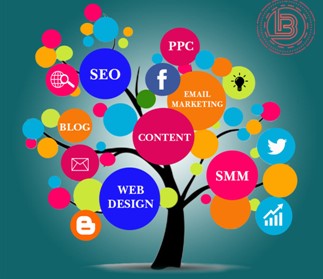In today's digital age, having a strong online presence is crucial for businesses to succeed.…

Durability Meets Elegance: Exploring Plastic Business Card Options
In a world where first impressions are paramount, business cards remain a timeless tool for networking and leaving a lasting impact. As technology evolves, so do the materials and designs used in creating durable plastic cards. Among these innovations, plastic business cards have emerged as a unique blend of durability and elegance, influencing premium business cards and other types. In today’s post, we will take a look into the world of plastic business cards, exploring their benefits, design possibilities, and their role in modern business networking.
The Evolution of Business Cards
Business cards have come a long way from their humble origins as trade cards in the 17th century. Initially serving as simple contact information carriers, they have transformed into an extension of a brand’s identity. In recent years, traditional paper business cards have faced competition from unconventional materials, and plastic has emerged as a particularly enticing option. This transformation has ultimately resulted in the total replacement of traditional paper cards, starting from banks, and industries to premium business cards.
5 Benefits of Plastic Business Cards
- Durability
One of the standout features of plastic business cards is their durability. Unlike paper cards that can easily become worn, creased, or discoloured over time, plastic cards can withstand the wear and tear of everyday use. Pristine and durable plastic cards remain intact even when stored in wallets, pockets, or purses alongside other items.
- Water Resistance
Earlier people used to fret over the possibility of their cards getting wet. It is understandable as businesses thrive on establishing their presence through business cards. Keeping that in mind, the premium business cards are made up of Plastic. They are inherently water-resistant, making them ideal for industries where exposure to moisture is common, such as hospitality or fitness. This feature ensures that vital contact information remains legible and intact, even in less-than-ideal conditions. - Distinctive Appearance
The sleek and polished appearance of plastic business cards exudes professionalism and sophistication. The plastic material allows for a high-gloss finish, which enhances the visual appeal of the card and captures attention. - Creative Design Possibilities
Plastic business cards are not limited to conventional rectangular shapes. They can be crafted in a variety of sizes and shapes, including rounded corners or even custom die-cut designs. This flexibility provides ample room for creativity and brand personalization. - Longevity
Durable plastic cards have a longer lifespan compared to paper cards. This is especially beneficial for those who distribute cards infrequently or intend to leave a lasting impression long after the initial meeting.
5 Cornerstones of Designing Premium Business Cards
The design of a business card speaks volumes about a company’s brand identity, especially when it comes to premium business cards. They carry the value and your brand’s message all in one go. With plastic business cards, the design options are nearly limitless, allowing for unique and memorable creations. Some design considerations include:
- Texture and Finish
Plastic business cards can feature different textures, such as matte, glossy, or even frosted. Each texture imparts a distinct look and feel to the card, contributing to its overall aesthetic. - Transparency and Colors
Transparent or translucent plastic cards can add an element of intrigue to the design. Experimenting with colours that complement the brand palette can create a harmonious and eye-catching card. - Embossing and Debossing
Adding texture through embossed (raised) or debossed (indented) elements can make the card tactile and visually appealing. These techniques can highlight specific parts of the design, like the company logo or contact details. - Incorporating Technology
Plastic cards offer the opportunity to embed technology, such as QR codes or NFC chips, enhancing the card’s functionality beyond traditional contact sharing. - Minimalism and Clarity
Given the durable nature of plastic cards, intricate designs can be effectively rendered. However, a balance between creativity and clarity should be maintained to ensure that the card’s purpose is not compromised.
The Role of Plastic Business Cards in Modern Networking
In an age of digital dominance, the role of physical business cards might appear diminished. However, they continue to hold value for several reasons:
- Memorability
A unique and well-designed plastic business card is more likely to be remembered and retained by recipients, reinforcing the memory of the individual or company it represents. - Personal Connection
Exchanging physical cards involves a personal touch that digital contact sharing lacks. The act of handing over a physical card can initiate a more genuine and memorable interaction. - Cultural Norms
In certain cultures, the exchange of business cards is a deeply ingrained tradition, signifying respect and interest. Plastic cards, with their durability, can ensure that this tradition remains intact.
Conclusion
Plastic business cards represent a fusion of durability and elegance, offering a modern solution to the age-old practice of networking. Their innovative design possibilities, coupled with their resilience, make them an attractive choice for professionals across various industries. As business practices continue to evolve, the need for premium business cards is now inevitable. But even with rapid digitisation, the durable plastic cards stand as a tangible reminder that in the digital era, there is still value in the tactile and lasting impression of a physical card.




This Post Has 0 Comments